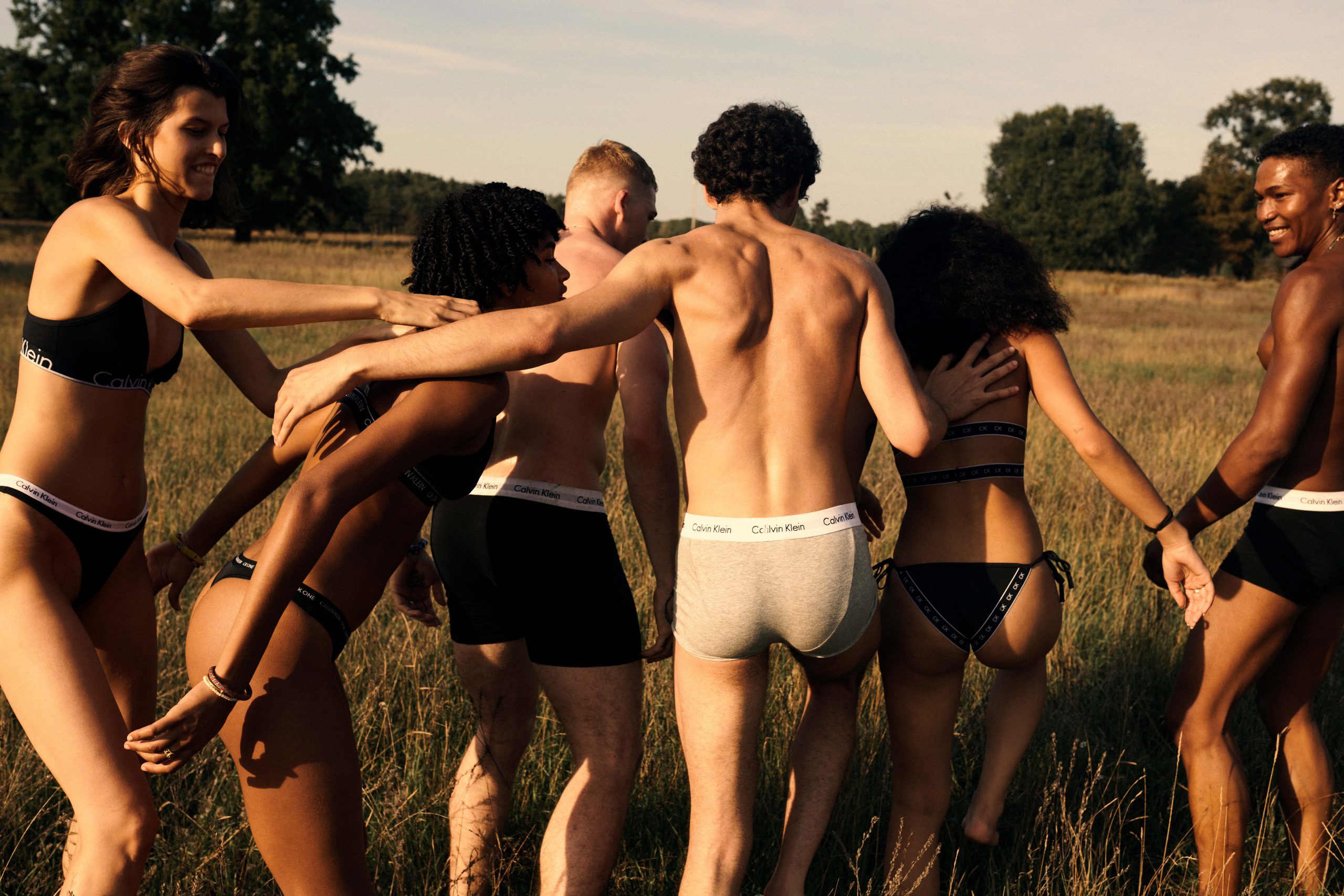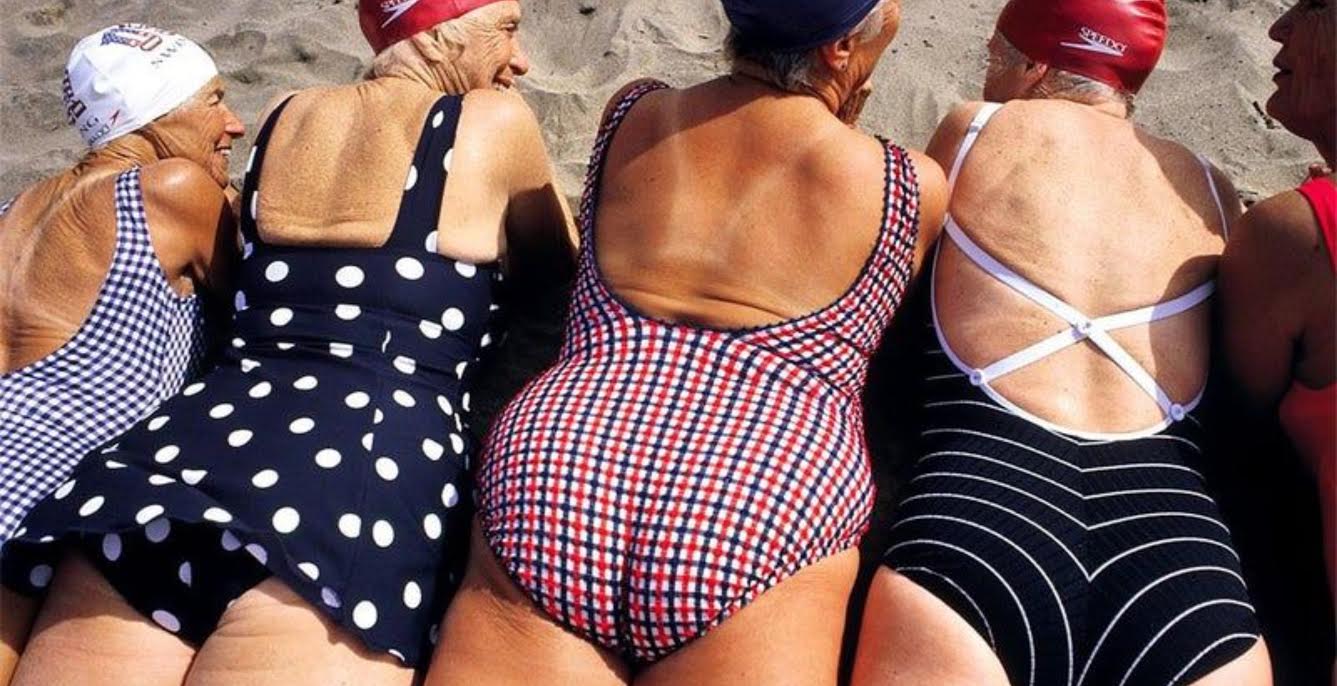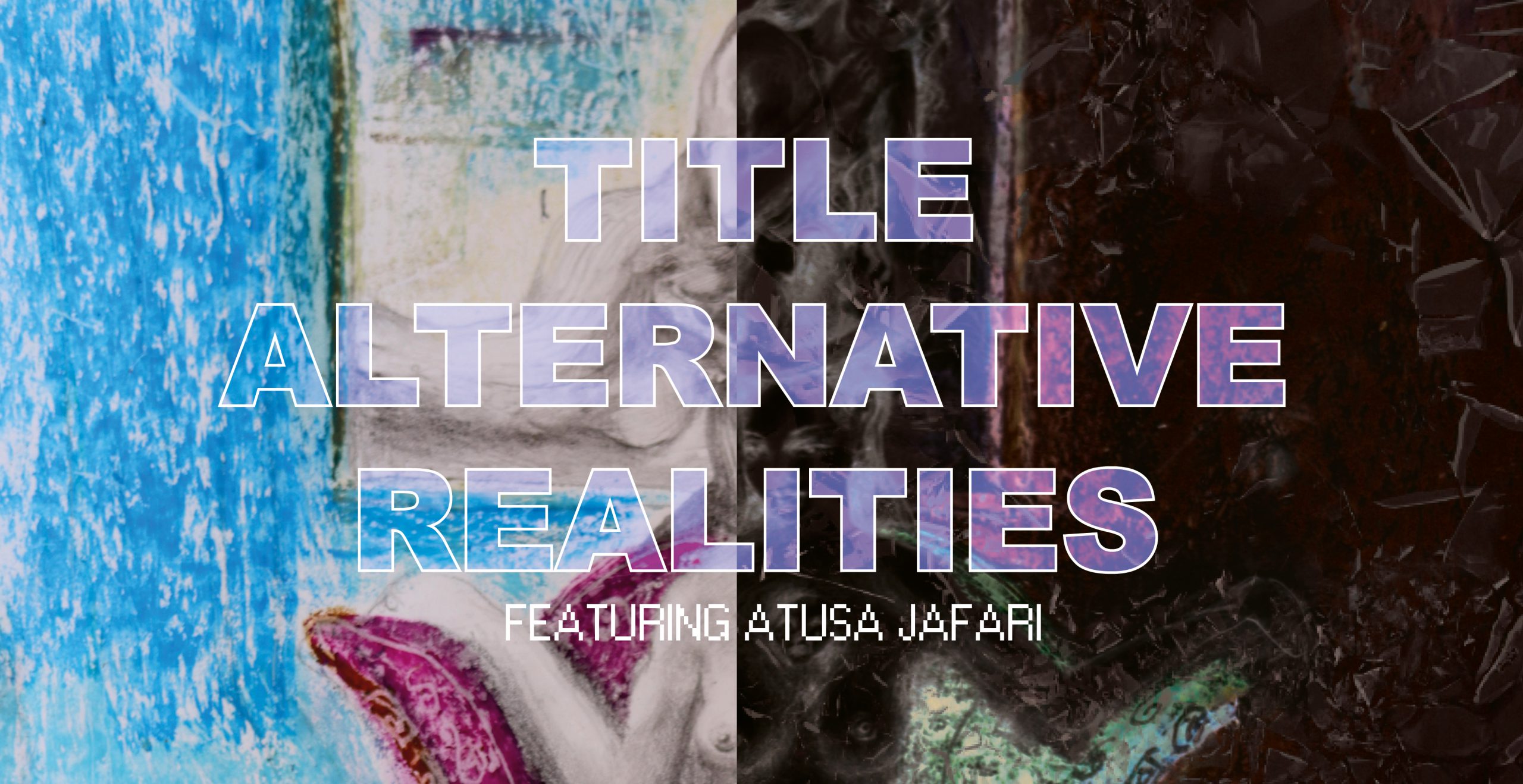It’s the beginning of November 2023 and Emma Ganzarain goes on TikTok to publish before-and-after pictures after moving into her boyfriend’s apartment and giving it a makeover. The before shows a rather rich color palette with the living room’s center piece being a cozy pink headlight. In the after-pictures, you can see tiles being exchanged from green to beige with the overall theme being mostly neutral shades. Safe to say many people in the comments were upset and complaining about a lack of warmth and character comparing it to an “operating room” and labeling it “sad beige”.
Some users even joked about how Emma “Kim Kardashianed” the couple’s apartment. This reference dates to the infamous “73 questions” where Kim Kardashian walked Joe Sabia from Vogue through her then-home in the Hidden Hills in California in 2019. In the Video Kim Kardashian described her home as a “minimal monastery” containing an earthy color palette with seemingly not one single spoon being out of place, making you wonder whether there are actually people living there.
Well, it seems like this aesthetic is also popular among another group: Mothers. Hayley DeRoche (“That Sad Beige Lady”) is an author, bibliothecarian and Mother who made a huge following on TikTok thanks to her parodies of the term “sad beige” by narrating videos of monotonous children’s clothing and rooms while mimicking the nonchalant tone of the German movie maker Werner Herzog. In an interview with the New York Times, she describes “sad beige” as “a very specific aesthetic that incorporates neutrals to an almost absurd, monochromatic degree.“ Self-proclaimed “sad beige moms” explain how this aesthetic seems to be calming their children down and at the same time provide them with a way to raise their children in a gender-neutral way.
One thing we have been seeing online is the sheer inflation of labels being put out in the world: from “almond mom”, “clean girl” to “vanilla girl” — you name it. But what all these seem to have in common is some sort of alignment with minimalism. One could argue that raising a “sad beige baby” is basically the natural evolution from being the “vanilla girl” to becoming a “sad beige mum”. One of the reasons why it’s being critiqued is that it’s tied to a seemingly sustainable lifestyle – a lifestyle that is tied to perfectionism and drawn by exclusivity and the privilege of having the needed financial resources.
Scientists have been investigating the influence colors have on the human brain for a long time. Why do we tend to like certain colors more than others and what does it have to do with our upbringing? Well, whether we feel positively or negatively about a certain color depends on our exposure and experiences being made with objects of that color. That’s one possible way to explain why a lot of people who identify as women seem to like colors such as pink and purple, because these are traditionally the colors they got exposed to on television and their toys and clothing. Growing up in a world that divided gender into binary categories of being either “male” or “female” these colors were labeled as “girly”. Interestingly enough, blue seems to be the most popular color globally which has to do with the fact that blue is a positively connotated color as it reminds us of blue skies and the sea.
This theory aligns with another popular term on TikTok being used to describe colorless homes called “millennial gray”. A user on Urban Dictionary calls it a “sad depressive hue of grey color which many millennials coat their life in” and further explains how it seems to be a reflection of “how Millennials went from non-sense happiness, looking at cartoon network and Nickelodeon in the 90’s to Inflation and depression in the early 2020’s”. The declining use of color globally raises concerns among researchers, primarily regarding the potential loss of cultural diversity. This shift, often referred to as chromophobia, has been associated with societal issues like colonialism and racism as the imposition of European standards of color neutrality has been associated with the marginalization and devaluation of colorful communal preferences.
So, where does this leave us? Have we really lost our affinity to colors or is it just a selective perception of the content we consume online? Well, coming back to Emma Ganzarain’s comment section it’s safe to say that on the one hand many wish for the return of maximalist homes with rich patterns and colorful furniture which could potentially lead to a shift away from clean looks back to grandma’s house-infused coziness. On the other hand, many people also feel like the cleanliness of a clean monochromatic apartment gives them the chance to have a safe haven from being constantly overstimulated by social media or having been raised in a hoarder household.




























